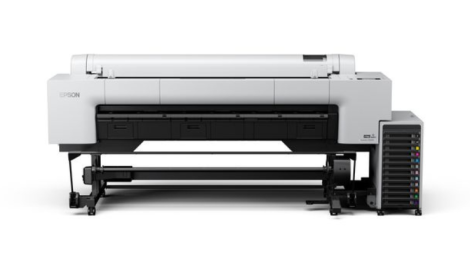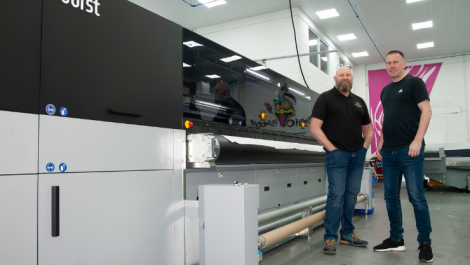Sun Chemical has unveiled ElvaJet Topaz SC, a dye sublimation ink developed for digital textile printing.
The company, a member of the DIC Group, says that the new ink improves the printer’s experience because of its enlarged operating window for accurate jetting performance. This enables wider cross system compatibility and delivers ‘outstanding reliability and reducing the reliance on waveform.’
The jetting behaviour is something that Sun Chemical has paid particular attention to during the ink’s development. It says that it has designed ElvaJet Topaz SC to have ‘superior drop control at the different available drop sizes on the full range of Kyocera printheads ensuring that it is easier to use day in, day out.’ The company adds that the ink also provides increased image quality with ‘optimised jetting performance across all drop sizes, allowing any design to be printed without compromise.’
Other selling points of ElvaJet Topaz SC reportedly include high colour release from coated and uncoated transfer papers, helping reduce waste through lower ink consumption and less colour remaining on the paper after transfer. The ink is also certified for Eco-Passport by OekoTex with no restrictions, meaning any fabric printed with Topaz SC does not need to be re-tested for compliance to the OekoTex Class 100 standard.
Pete Saunders, Sun Chemical’s global director, digital businesses, commented, ‘Many textile printers are searching for an ink solution that allows stress-free nonstop production. Sun Chemical has further enabled this by bringing together our knowledge of the textile and sublimation printing industry and combining it with our core inkjet competency to develop a sublimation ink that removes any need to compromise on colour, print quality or machine up-time.
‘This launch is just the latest in a program of new technologies being developed by Sun Chemical to optimise the experience of all digital textile printers with the best colour, application and printer reliability, ensuring that printers can get the best result every time.’




